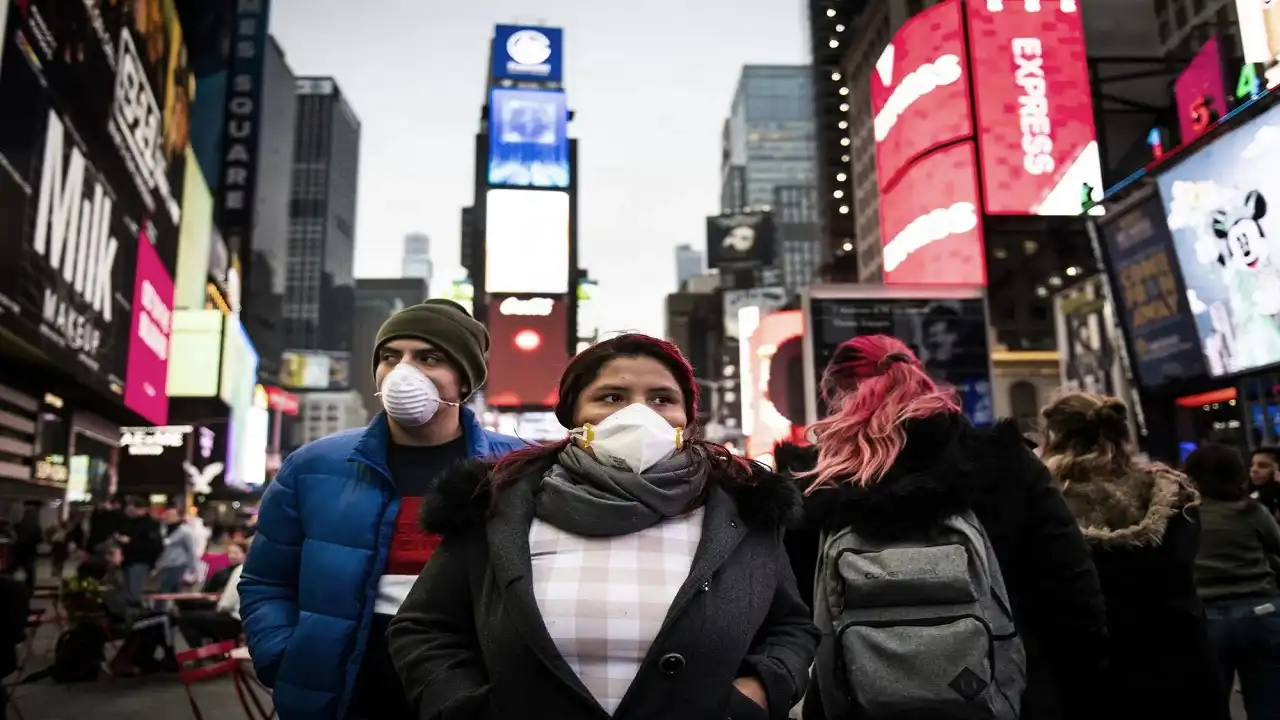In this comprehensive article, we will explore the latest updates and developments regarding COVID-19 in New York as of September 14, 2024. The ongoing pandemic continues to pose challenges, but with new vaccines and preventive measures, New York is striving to manage the situation effectively. This article will delve into the current state of COVID-19 in New York, vaccination efforts, and public health strategies.
Current COVID-19 Situation in New York
As of early September 2024, New York has been witnessing a fluctuating trend in COVID-19 cases. According to the latest data from Suffolk County, the primary metrics for monitoring the pandemic include hospital admission rates and the percentage of COVID-19-related deaths among all fatalities. These metrics provide a clearer picture of the pandemic’s impact on the healthcare system.
Hospitalization and Fatalities
In Suffolk County alone, there have been several new hospital admissions related to COVID-19, with a significant portion of patients being hospitalized due to complications from the virus. The data indicates that 55% of hospitalizations are directly linked to COVID-19 or its complications. While the number of new cases varies, the overall trend suggests a need for continued vigilance and preventive measures.
Vaccination Efforts and New Vaccine Availability
Governor Kathy Hochul has been proactive in encouraging New Yorkers to get vaccinated with the newly available COVID-19 vaccines for the 2024-2025 season. These vaccines, approved by the Food and Drug Administration (FDA), include options from Pfizer, Moderna, and Novavax. The Centers for Disease Control and Prevention (CDC) recommends these vaccines for everyone aged six months and older who have not received a COVID-19 vaccine in the past two months.
Expanding Access to Vaccines
To ensure widespread access, the New York State Health Department has implemented several measures. All eligible New Yorkers can receive the new COVID-19 vaccine at any pharmacy without a prescription, thanks to a standing order from the State Health Commissioner. This initiative aims to make vaccination convenient and accessible to all, particularly as students return to school and the respiratory illness season approaches.
Importance of Vaccination
State Health Commissioner Dr. James McDonald emphasizes that vaccination remains the most effective protection against severe illness and hospitalization due to COVID-19. He encourages all eligible individuals to prioritize their health by getting vaccinated, especially as the fall season brings an increase in respiratory viruses.
Public Health Strategies and Preventive Measures
In addition to vaccination, New York State is implementing various public health strategies to manage the spread of COVID-19. These include wastewater surveillance to monitor virus prevalence and the sequencing of clinical specimens to understand variant spread. The state continues to emphasize the importance of infection control and prevention measures, particularly in long-term care facilities.
Wastewater Surveillance and Variant Tracking
The Department of Health’s Wadsworth Center collaborates with partners like Syracuse University to conduct wastewater surveillance. This method provides valuable insights into the virus’s prevalence and potential public health impacts. Current surveillance data indicates a decrease in the virus’s prevalence, but continued monitoring is essential.
Protecting Vulnerable Populations
Efforts are also underway to protect vulnerable populations, including residents of long-term care facilities. The Department of Health encourages these facilities to provide flu and RSV vaccines alongside the updated COVID-19 vaccine. This comprehensive approach aims to mitigate the risk of severe complications from multiple respiratory viruses.
The Road Ahead: Challenges and Opportunities
As New York navigates the ongoing pandemic, several challenges and opportunities lie ahead. The state must remain vigilant in monitoring COVID-19 trends and adapting strategies accordingly. Public health officials continue to emphasize the importance of vaccination, preventive measures, and community cooperation in managing the pandemic.
Addressing Health Inequities
One significant challenge is addressing health inequities that have been exacerbated by the pandemic. The New York City Health Department highlights that differences in health outcomes and vaccination coverage among racial and ethnic groups result from long-term structural issues rather than biological factors. Efforts to address these inequities are crucial for ensuring equitable access to healthcare and vaccines.
Encouraging Community Engagement
Community engagement plays a vital role in managing the pandemic effectively. Public health campaigns and outreach efforts aim to educate and encourage New Yorkers to take preventive measures seriously. By fostering a sense of community responsibility, New York can better navigate the challenges posed by COVID-19.
Conclusion
New York continues to face the challenges of the COVID-19 pandemic with resilience and determination. With new vaccines available and ongoing public health strategies, the state is well-equipped to manage the situation. However, continued vigilance, vaccination, and community cooperation remain essential in the fight against COVID-19. As Governor Hochul stated, “Now is the time to get the new COVID-19 vaccine to help protect your family and your community.”
